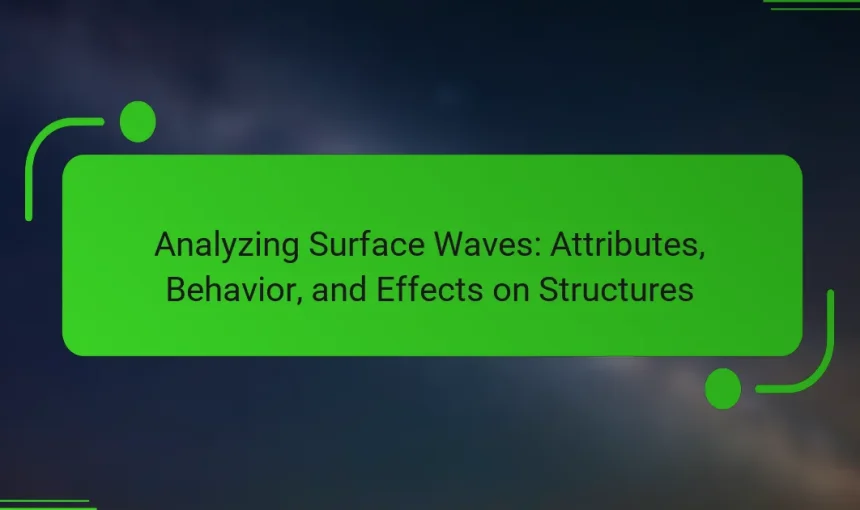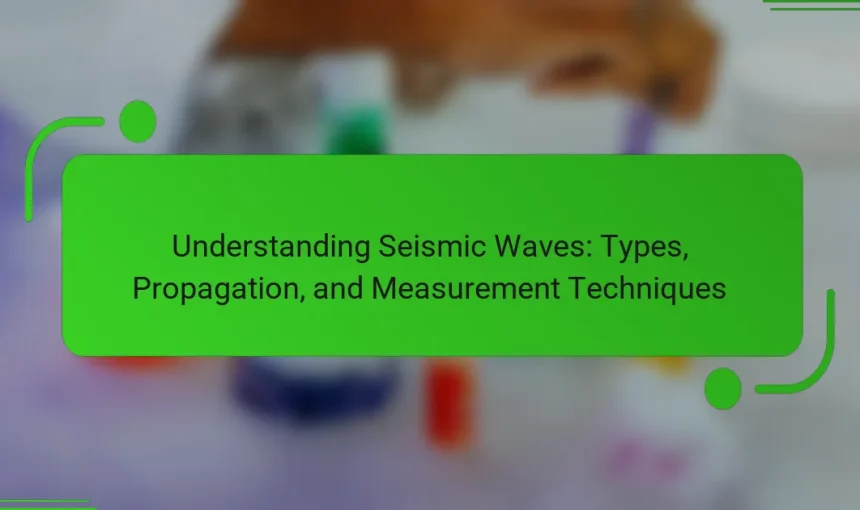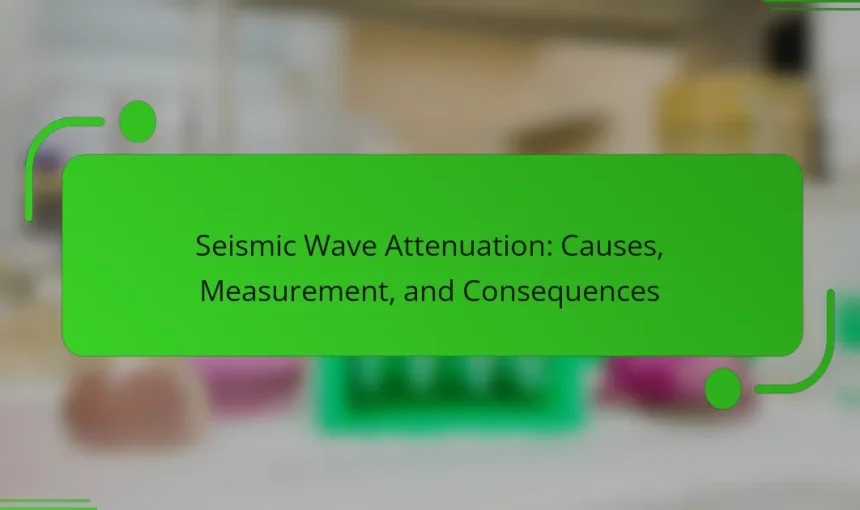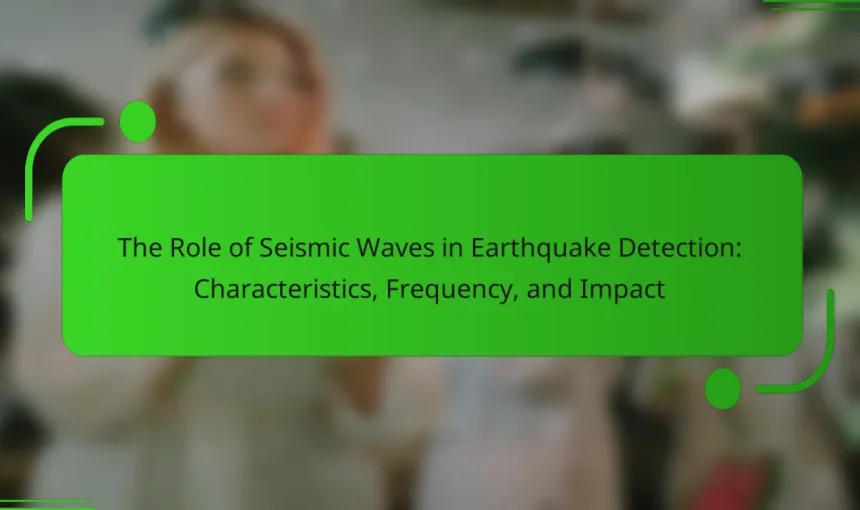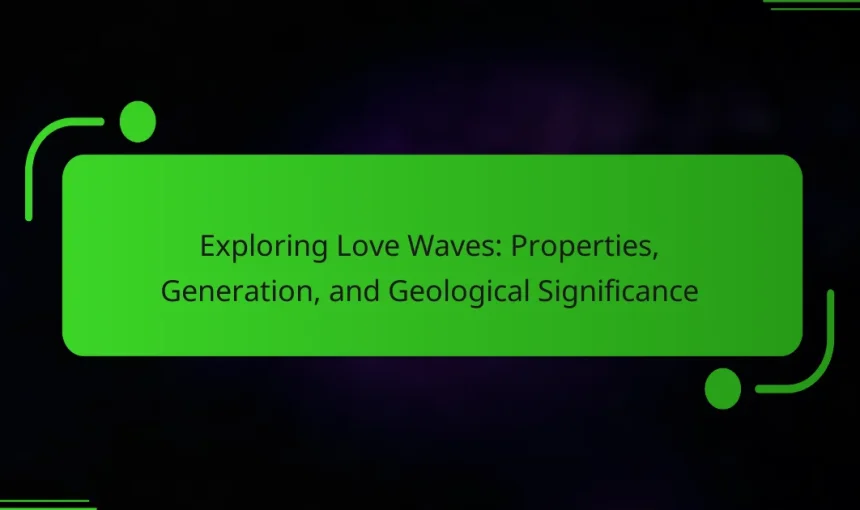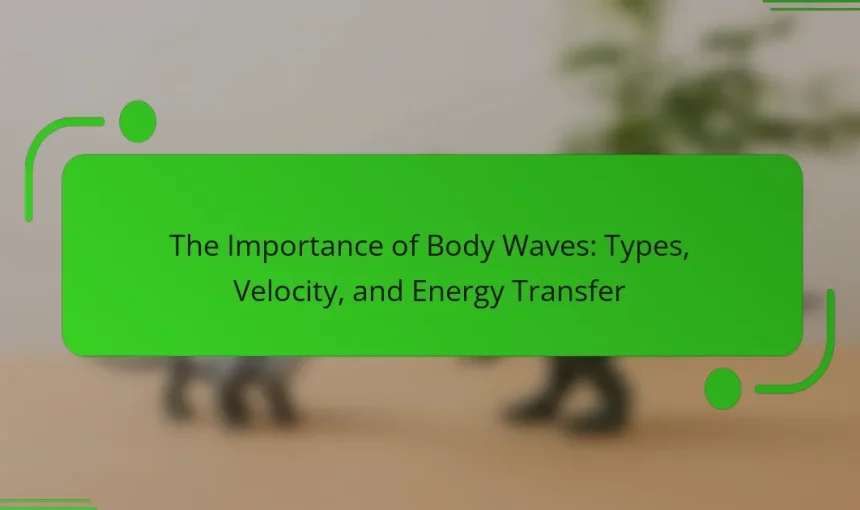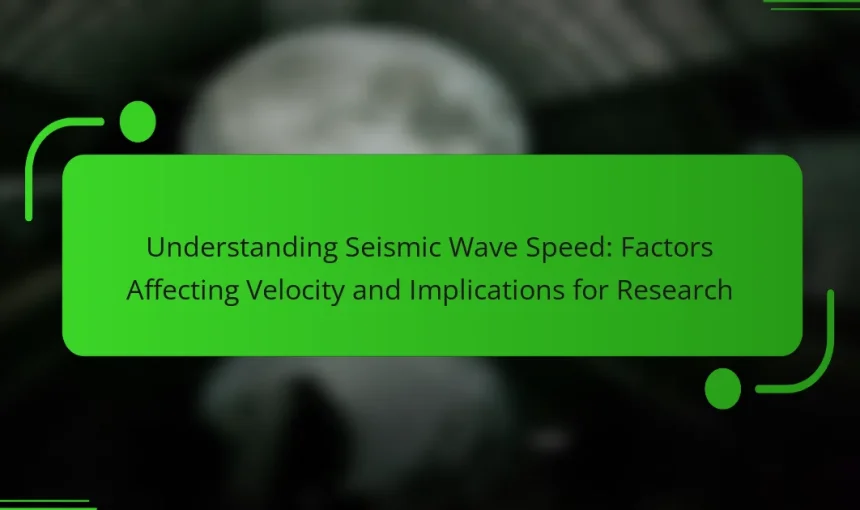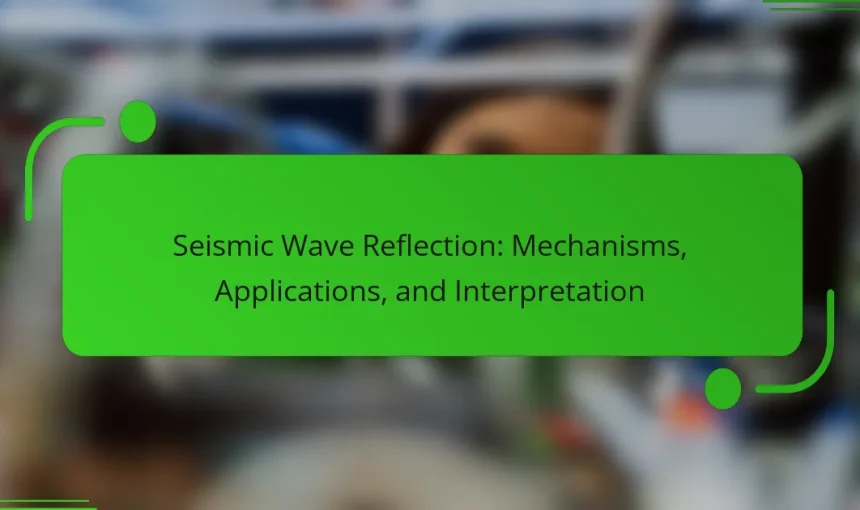Seismic waves are elastic waves produced by the sudden release of energy in the Earth’s crust, classified into body waves (P-waves and S-waves) and surface waves. These waves play a crucial role in subsurface imaging, aiding geophysicists in locating natural resources such as oil, gas, and minerals through techniques like reflection seismology, refraction seismology, and […]
Surface waves are seismic waves that travel along the Earth’s surface, primarily generated by earthquakes, and are responsible for significant ground shaking. They are categorized into two main types: Love waves, which create horizontal motion, and Rayleigh waves, which produce elliptical movement resulting in both vertical and horizontal ground displacement. Surface waves typically have longer […]
Seismic waves are energy waves generated by geological events such as earthquakes and volcanic eruptions, traveling through the Earth’s layers. They are classified into two main types: body waves, which include primary (P) waves and secondary (S) waves that propagate through the Earth’s interior, and surface waves that travel along the Earth’s surface. The propagation […]
Seismic wave attenuation refers to the reduction in amplitude of seismic waves as they travel through the Earth, influenced by factors such as energy absorption by geological materials and wave scattering from structural irregularities. This article explores the causes of seismic wave attenuation, including the impact of different rock and fluid types on wave behavior. […]
Seismic waves are energy waves generated by the sudden release of energy in the Earth’s crust, primarily during earthquakes. These waves are classified into two main types: primary (P) waves, which are faster and can travel through solids and liquids, and secondary (S) waves, which are slower and only move through solids. Additionally, surface waves […]
Love waves are a type of surface seismic wave that travel along the Earth’s surface, characterized by horizontal shear motion that causes ground displacement perpendicular to the wave’s direction. Named after mathematician A.E.H. Love, these waves are generated by seismic activity, particularly during earthquakes, and typically arrive after primary and secondary waves. Love waves are […]
Rayleigh waves are a significant type of surface seismic wave that propagate along the Earth’s surface, characterized by their rolling motion, which induces both vertical and horizontal ground movement. Their impact is critical during earthquakes, often causing substantial damage to structures and landscapes due to their ability to travel long distances and create intense ground […]
Body waves are seismic waves that travel through the Earth’s interior and are essential for understanding its structure and behavior during seismic events. There are two primary types of body waves: primary (P) waves, which are compressional and can move through solids, liquids, and gases, and secondary (S) waves, which are shear waves that only […]
Seismic wave speed is the velocity at which seismic waves travel through various geological materials, influenced by factors such as wave type, material density, elasticity, and temperature. Primary waves (P-waves) typically travel faster than secondary waves (S-waves), with P-waves reaching speeds of 5 to 8 kilometers per second in the Earth’s crust, while S-waves travel […]
Seismic wave reflection refers to the phenomenon where energy waves generated by the sudden release of energy in the Earth’s crust, particularly during earthquakes, bounce off geological boundaries. This article explores the two main types of seismic waves—body waves (P and S waves) and surface waves—along with the mechanisms of reflection that occur when these […]

